Dior holds an enchanting Kyoto show in the midst of cherry-blossom season
Maria Grazia Chiuri chose the grounds of Kyoto’s serene Tō-ji Temple to present a Fall 2025 collection that celebrated Dior’s longstanding links with Japan
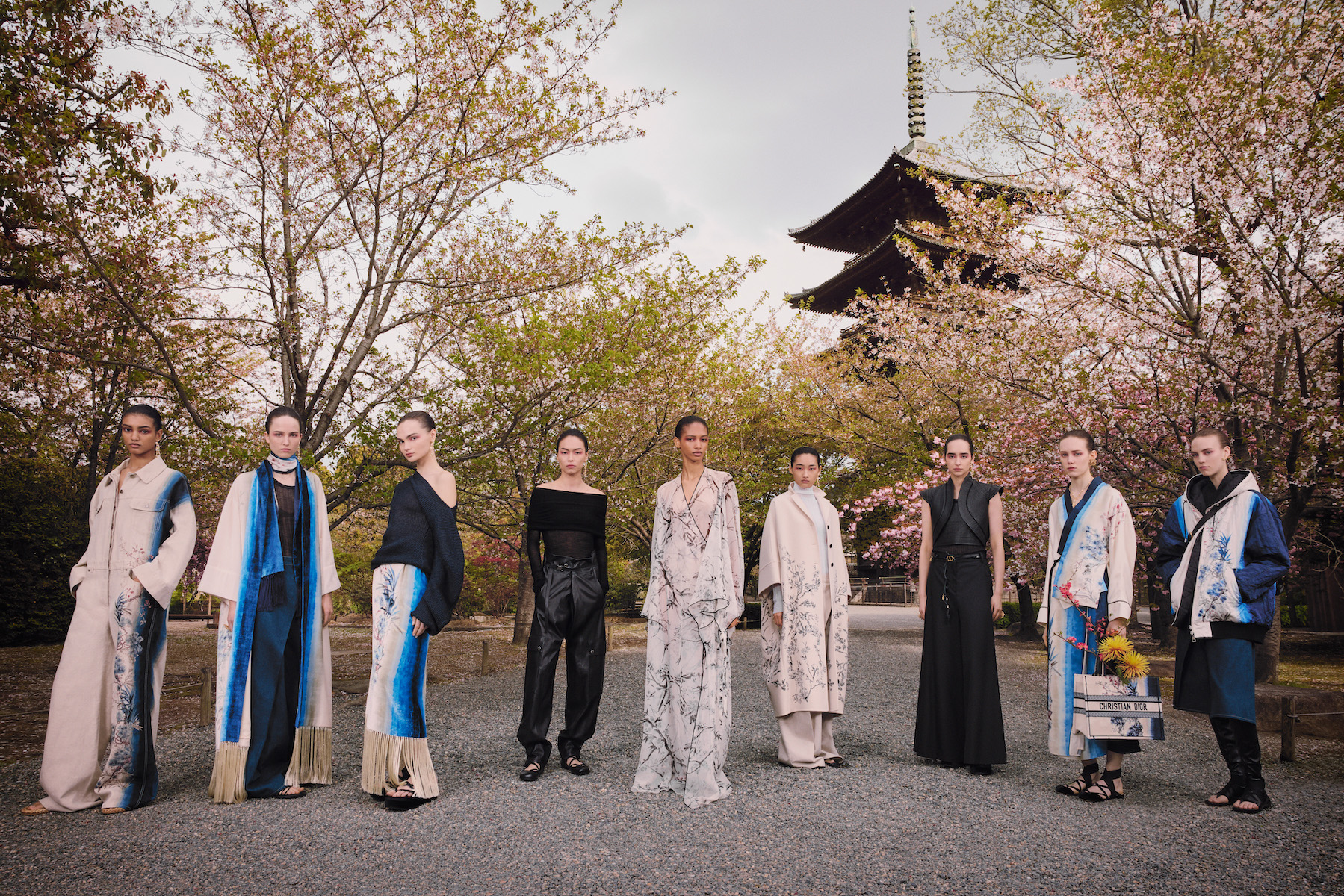
In 1953, Christian Dior was the first Western couturier to show his collections in Japan, the culmination of his lifelong fascination with the country. He was particularly captivated by Japan’s traditional artworks and etchings: his home in Granville, Normandy, was adorned with Japonisme prints and textiles. ‘These versions of Utamaro and Hokusai made up my Sistine Chapel,’ Dior wrote in his diary, referring to a series of stairway panels in the home inspired by the artists. ‘I still love those silks embroidered with flowers and fantastic birds and use them in my collections.’
Yesterday in Kyoto (15 April 2025), Maria Grazia Chiuri – the current creative director of the house’s womenswear and couture lines – showed her Fall 2025 collection for the house, a destination show that paid homage to Dior’s deep-rooted links with the country. Choosing the grounds of the serene Tō-ji Temple as the show’s location – the site of Japan’s tallest wooden pagoda, its gardens in full bloom in the midst of the fleeting cherry-blossom season – Chiuri presented a collection that in part began with a jacket that Christian Dior designed in 1957 to fit over the proportions of a kimono.
Dior Fall 2025 in Kyoto, Japan

The kimono inspired the collection’s wrapped line, which Chiuri said was inspired by the ‘relationship between body and garment’ – a reference to Japan’s traditional dressing rituals. Looping jackets were cinched at the waist with belts (a contemporary riff on the obi belt), while roomy, robe-like dresses recalled the traditional kimono in their proportions. A play on the split-toe tabi boot, a style which dates back to the 16th century, was also a nod to the country’s historic dress codes (the tabi is also associated with the art of geisha, which remains centred in Kyoto’s Gion district).
Chiuri’s research had begun at ‘Love Fashion: In Search of Myself’, an exhibition the Italian designer had visited in Kyoto’s National Museum of Modern Art in late 2024 which explored the idea of ‘love’ through garments that spanned the 18th century to present day and comprised both Western and Japanese designers. ‘By confronting two distinct fashion cultures, [it] conveyed the singular attitude of bodies and the complexity of the emotions that pervade them through the cut of garments: the body, identity and desire,’ said Chiuri via the collection notes. As such, there was a mood of romance, particularly in the collection’s closing looks: a series of diaphanous tulle gowns delicately adorned with botanical embroidery.
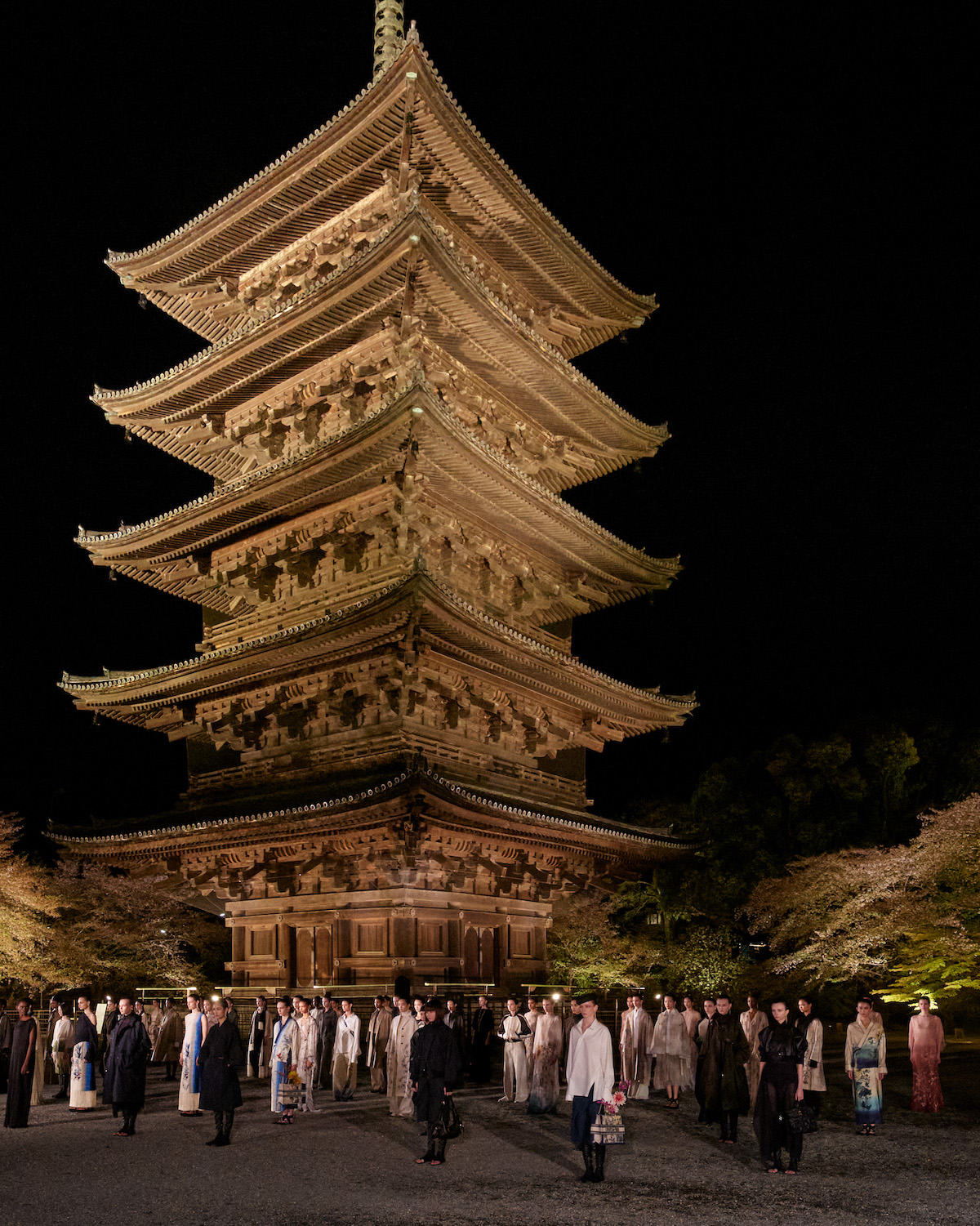
Indeed, it was the fabrics that proved the most intriguing element of the collection, not least those Chiuri worked on with local artisans (the former ancient capital of Japan, Kyoto has long been a centre of fabric production due to its plentiful natural water supply). The artisans include Kihachi Tabata, a traditional kimono dyer – here, the textile studio was inspired by Dior’s 1953 ‘Jardin Japonais’ line with its cherry-blossom print – as well as Tatsumura Textile. The latter first created a brocade for Christian Dior in 1953; now, 70 years on, they recreated the fabric for Chiuri – a symbolic link between past and present, Kyoto and Paris, and the hand of the artisan and the imagination of the designer.
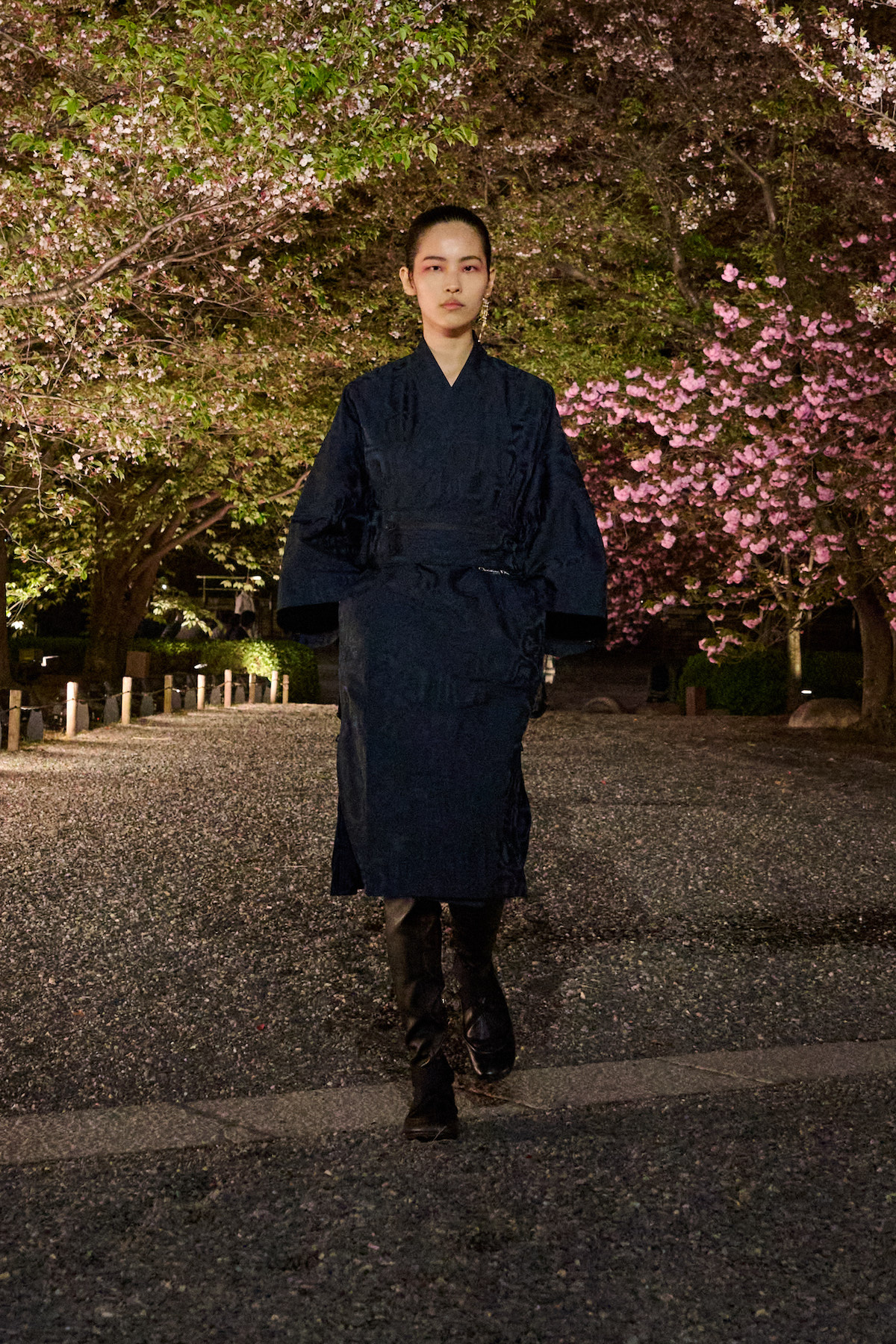
Wallpaper* Newsletter
Receive our daily digest of inspiration, escapism and design stories from around the world direct to your inbox.
Jack Moss is the Fashion Features Editor at Wallpaper*, joining the team in 2022. Having previously been the digital features editor at AnOther and digital editor at 10 and 10 Men magazines, he has also contributed to titles including i-D, Dazed, 10 Magazine, Mr Porter’s The Journal and more, while also featuring in Dazed: 32 Years Confused: The Covers, published by Rizzoli. He is particularly interested in the moments when fashion intersects with other creative disciplines – notably art and design – as well as championing a new generation of international talent and reporting from international fashion weeks. Across his career, he has interviewed the fashion industry’s leading figures, including Rick Owens, Pieter Mulier, Jonathan Anderson, Grace Wales Bonner, Christian Lacroix, Kate Moss and Manolo Blahnik.
-
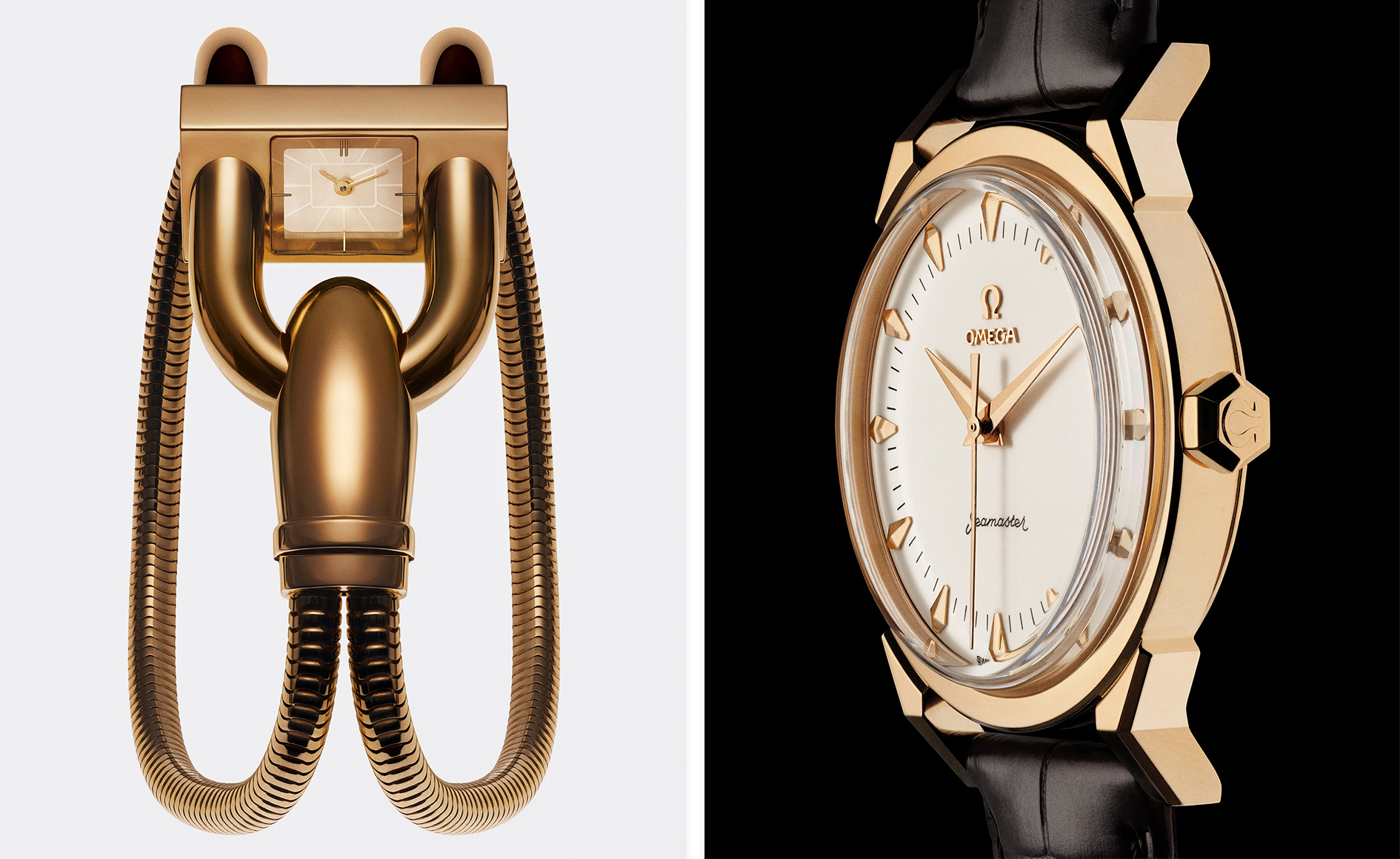 A stripped-back elegance defines these timeless watch designs
A stripped-back elegance defines these timeless watch designsWatches from Cartier, Van Cleef & Arpels, Rolex and more speak to universal design codes
By Hannah Silver
-
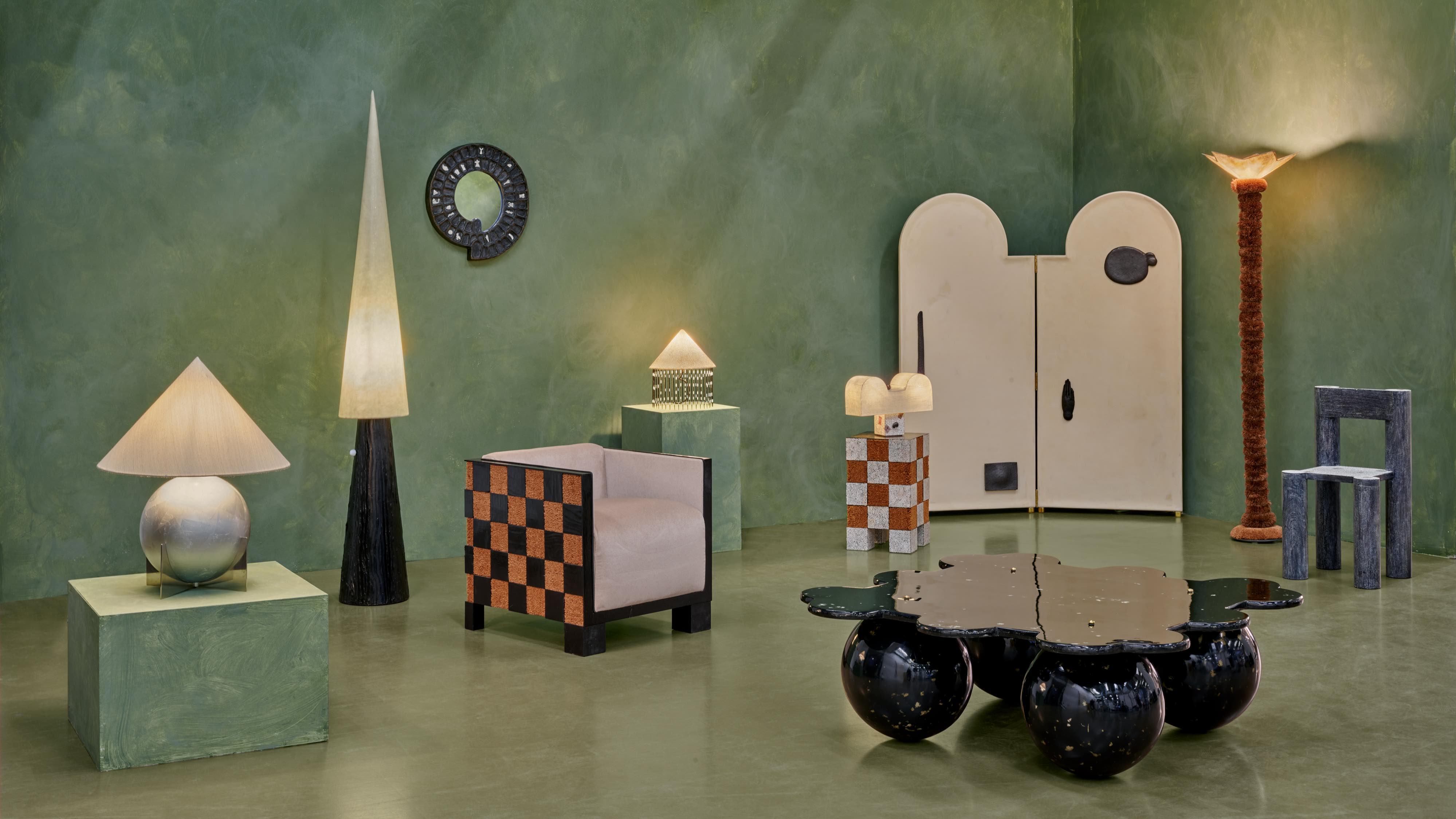 Postcard from Brussels: a maverick design scene has taken root in the Belgian capital
Postcard from Brussels: a maverick design scene has taken root in the Belgian capitalBrussels has emerged as one of the best places for creatives to live, operate and even sell. Wallpaper* paid a visit during the annual Collectible fair to see how it's coming into its own
By Adrian Madlener
-
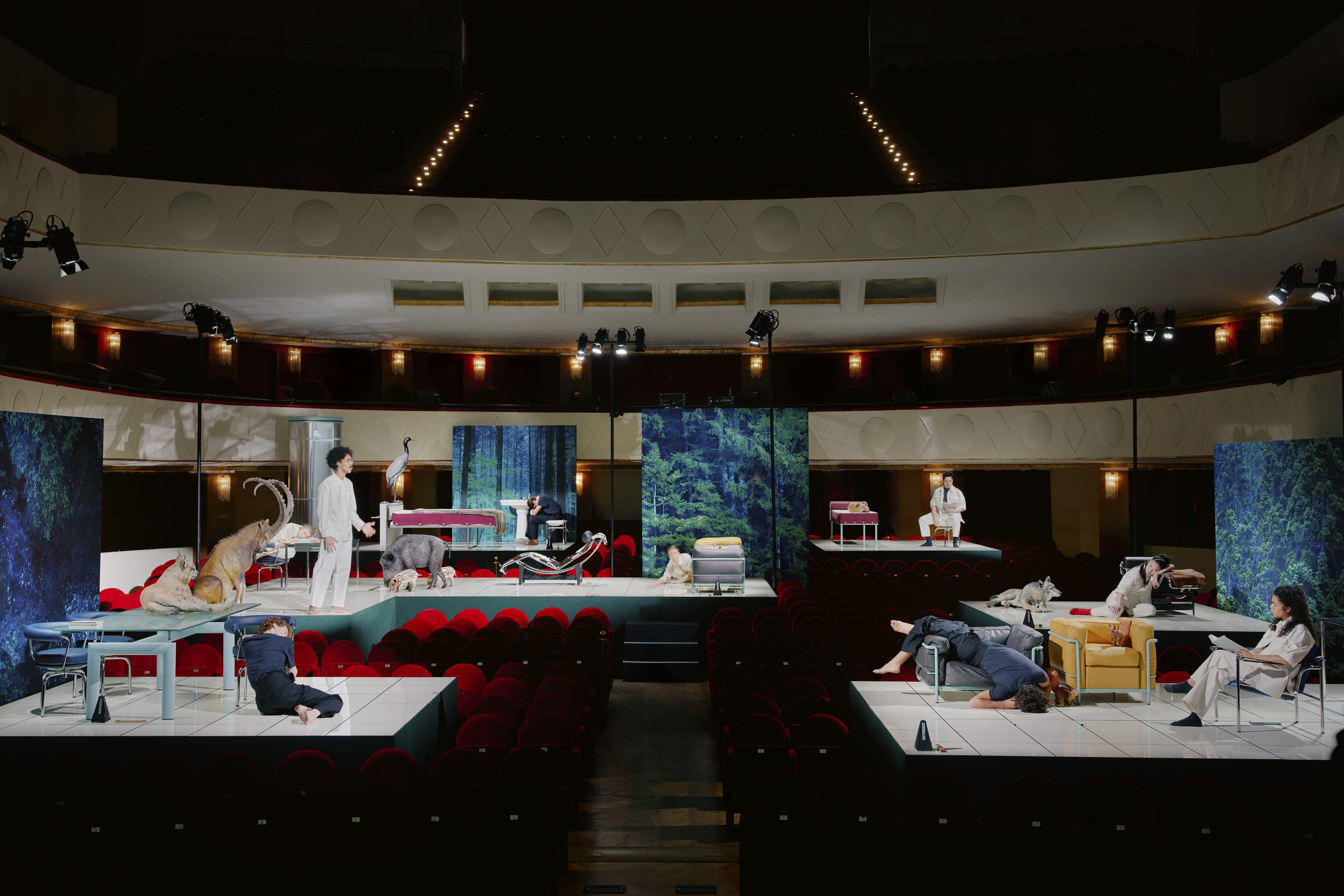 Move over, palazzos. Performances were the biggest trend at Milan Design Week
Move over, palazzos. Performances were the biggest trend at Milan Design WeekThis year, brands brought on the drama via immersive installations across the city
By Dan Howarth
-
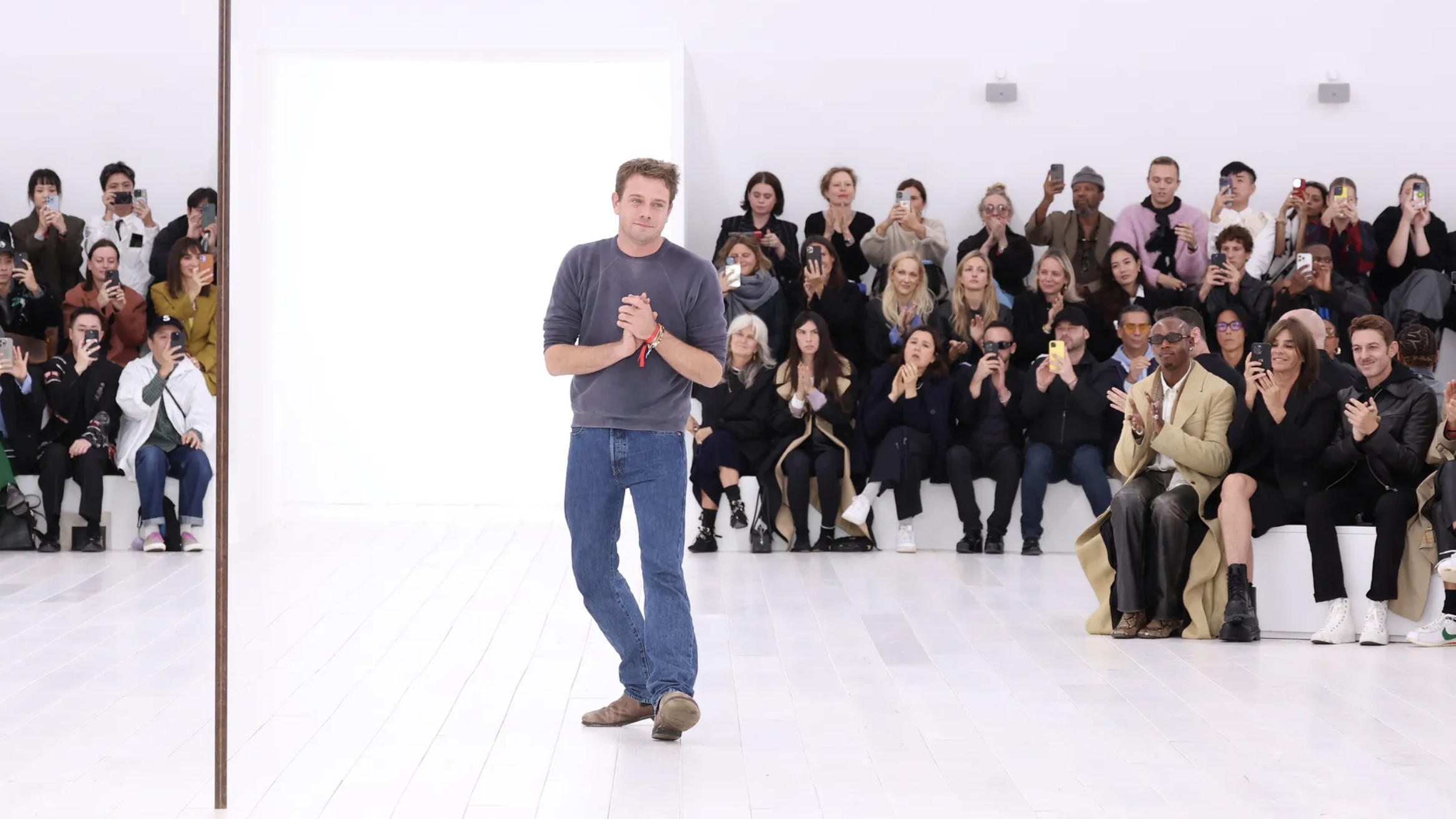 Jonathan Anderson is heading to Dior Men
Jonathan Anderson is heading to Dior MenAfter months of speculation, it has been confirmed this morning that Jonathan Anderson, who left Loewe earlier this year, is the successor to Kim Jones at Dior Men
By Jack Moss
-
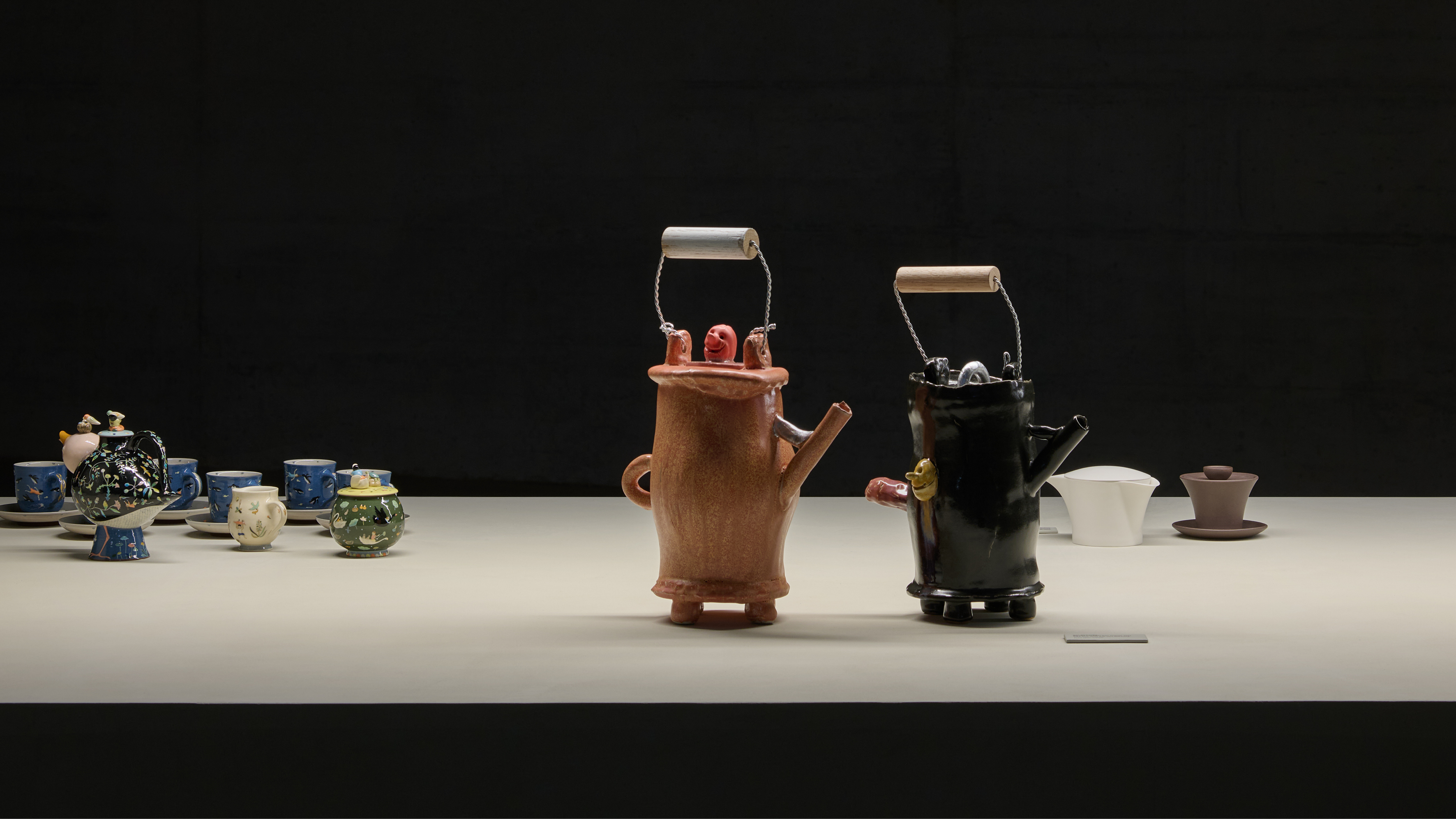 The best fashion moments at Milan Design Week 2025
The best fashion moments at Milan Design Week 2025Scarlett Conlon discovers the finest fashion moments at Salone del Mobile and Milan Design Week 2025, from Loewe’s artist-designed teapots to The Row’s first home collection
By Scarlett Conlon
-
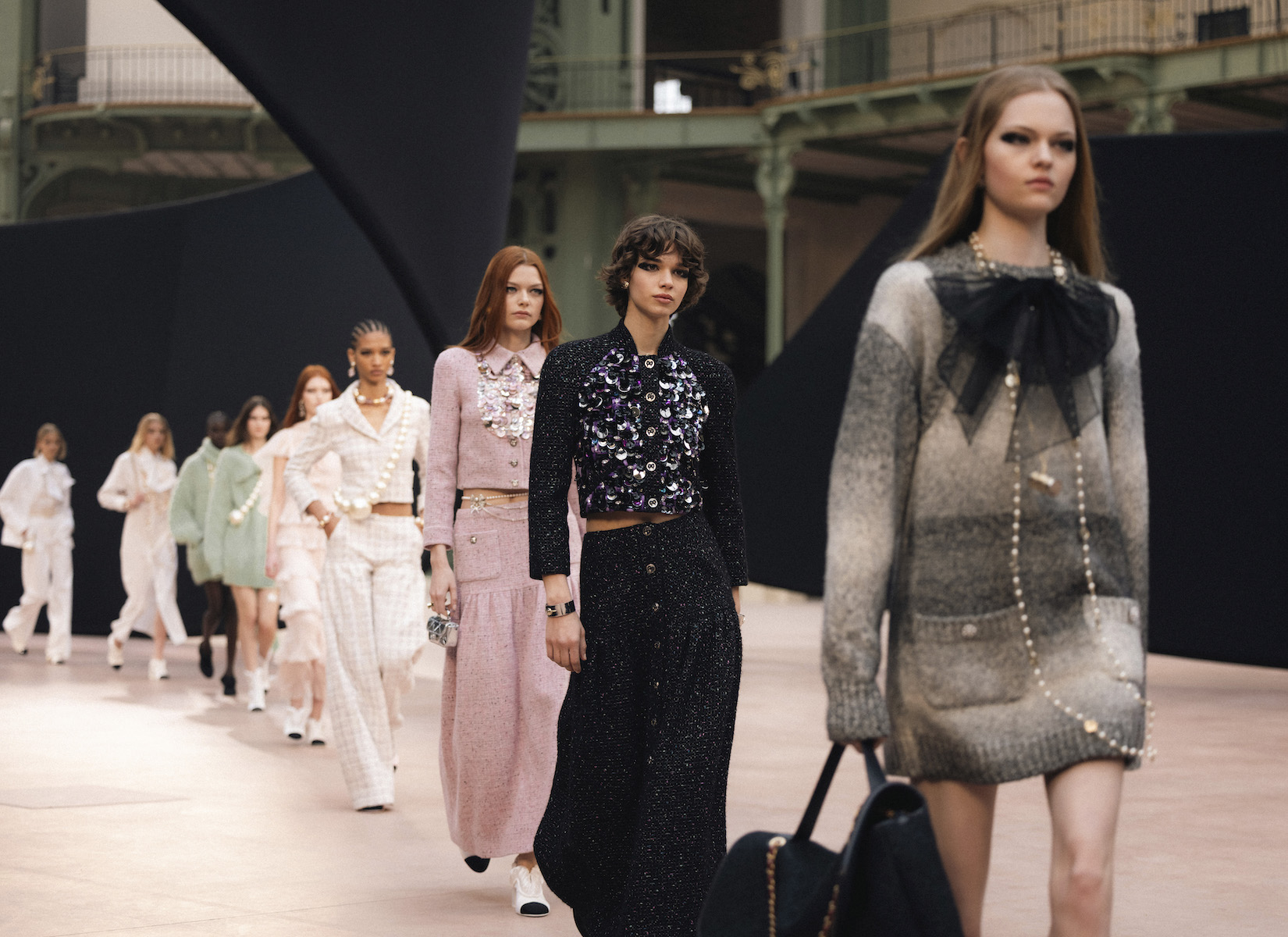 Paris Fashion Week A/W 2025 highlights: Chanel to Saint Laurent
Paris Fashion Week A/W 2025 highlights: Chanel to Saint LaurentWallpaper* selects the very best of Paris Fashion Week A/W 2025, from Chanel’s playful take on its house codes to an exercise in singularity at Saint Laurent
By Jack Moss
-
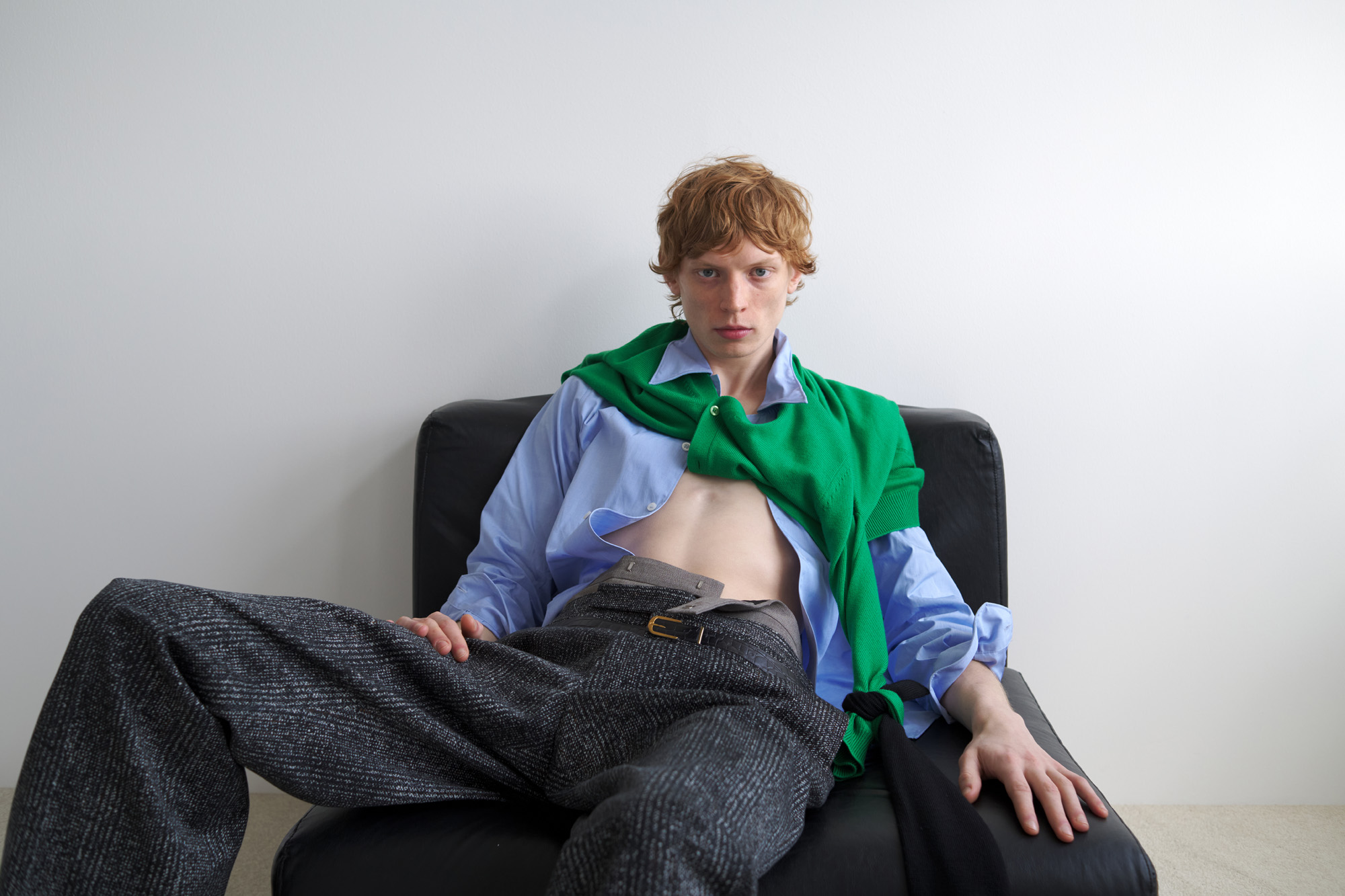 Cut and paste: how to wear the S/S 2025 menswear collections
Cut and paste: how to wear the S/S 2025 menswear collectionsLayered-up and collaged looks capture the eclectic mood of the S/S 2025 menswear collections, giving you a blueprint of how to dress for the season ahead
By Jack Moss
-
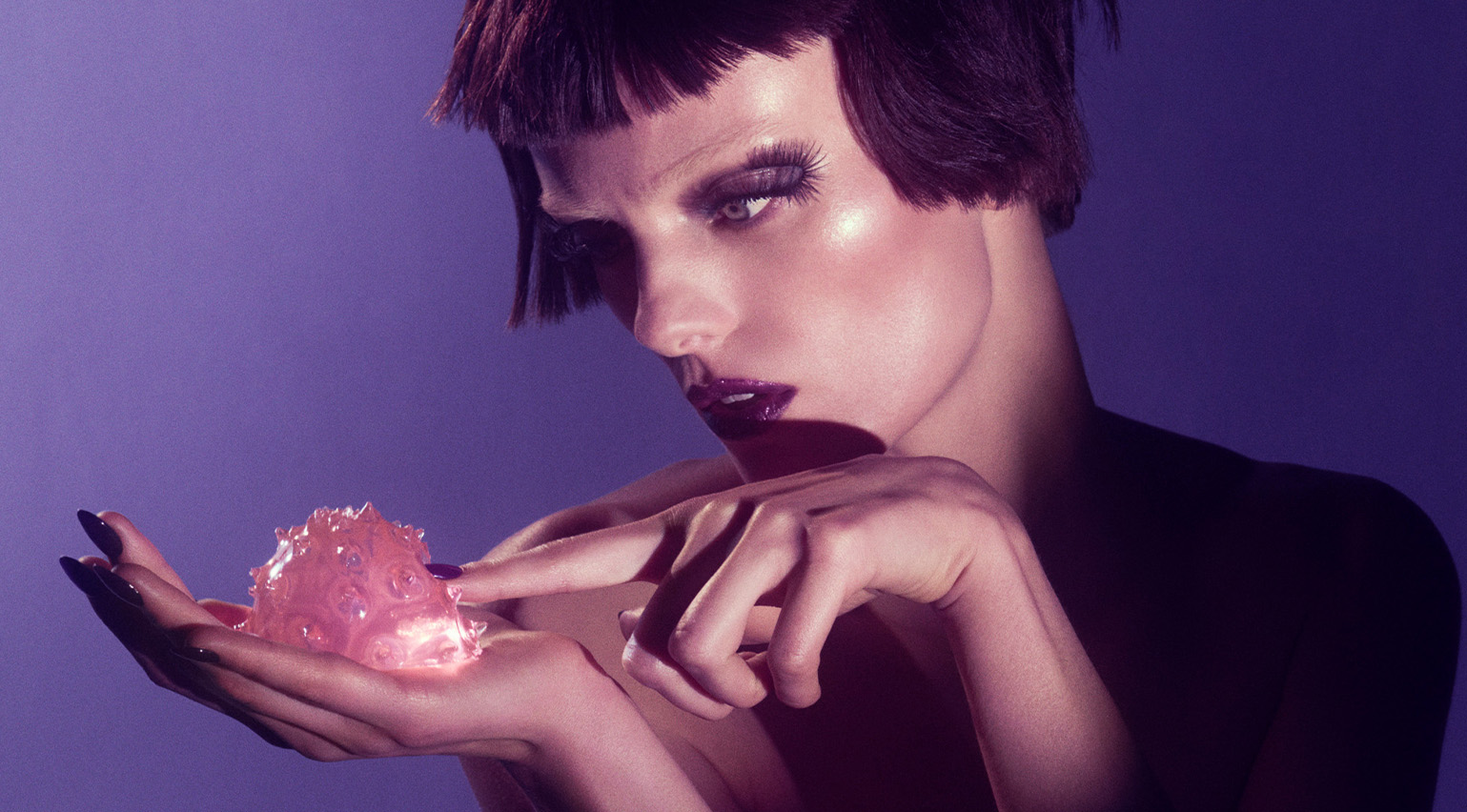 Intoxicating perfumes can ‘haunt, beguile and seduce’
Intoxicating perfumes can ‘haunt, beguile and seduce’A intoxicating perfume, such as the below fragrances featured in the March 2025 issue of Wallpaper*, can haunt, beguile and seduce, writes Hannah Tindle
By Hannah Tindle
-
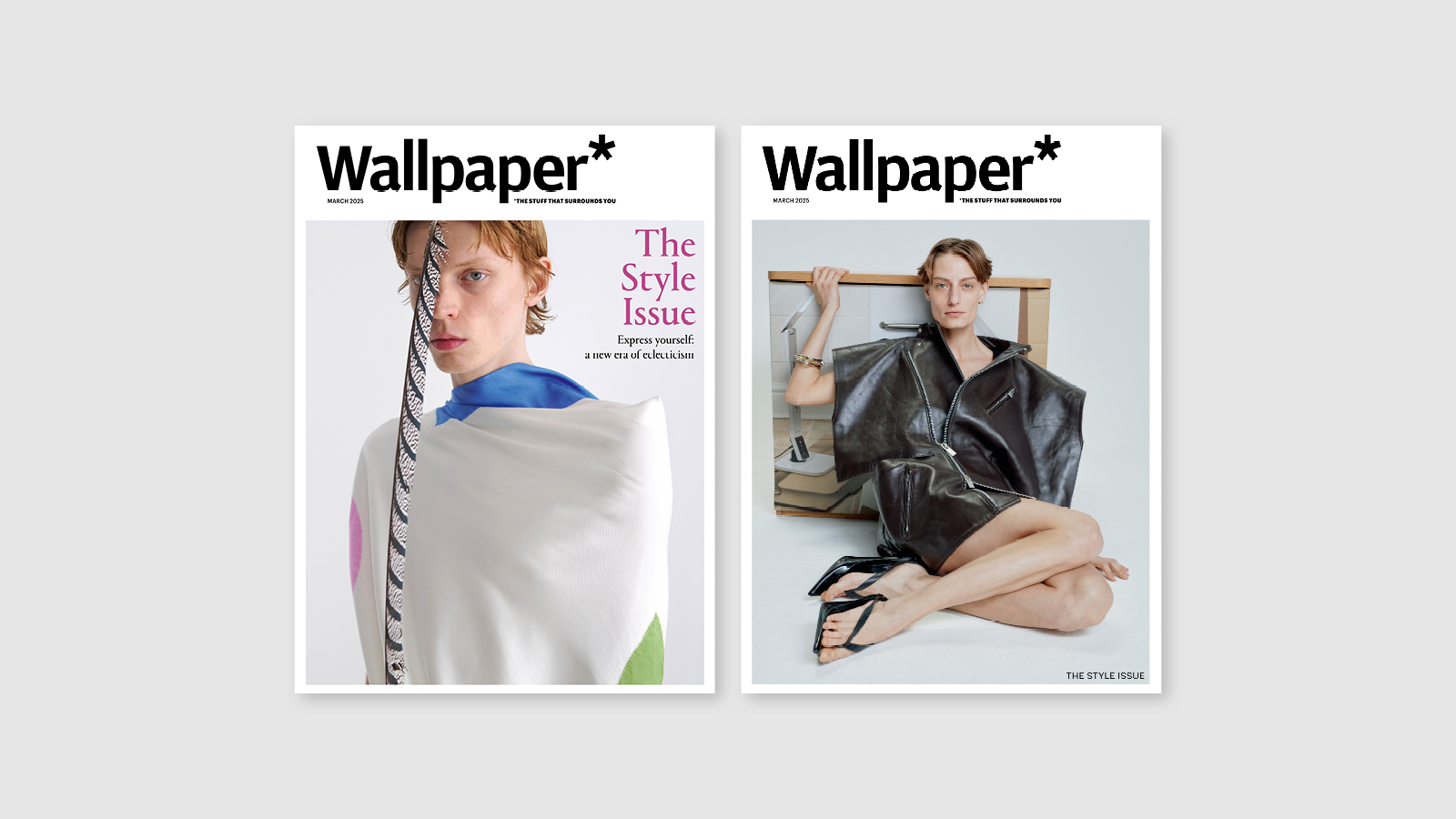 Embrace fashion’s eclectic new era with the Wallpaper* Style Issue, on sale now
Embrace fashion’s eclectic new era with the Wallpaper* Style Issue, on sale nowAs brands from Prada to Marni explore reinvention, find the sartorially unexpected amid the looks of the S/S 2025 season in the March issue, on newsstands now
By Bill Prince
-
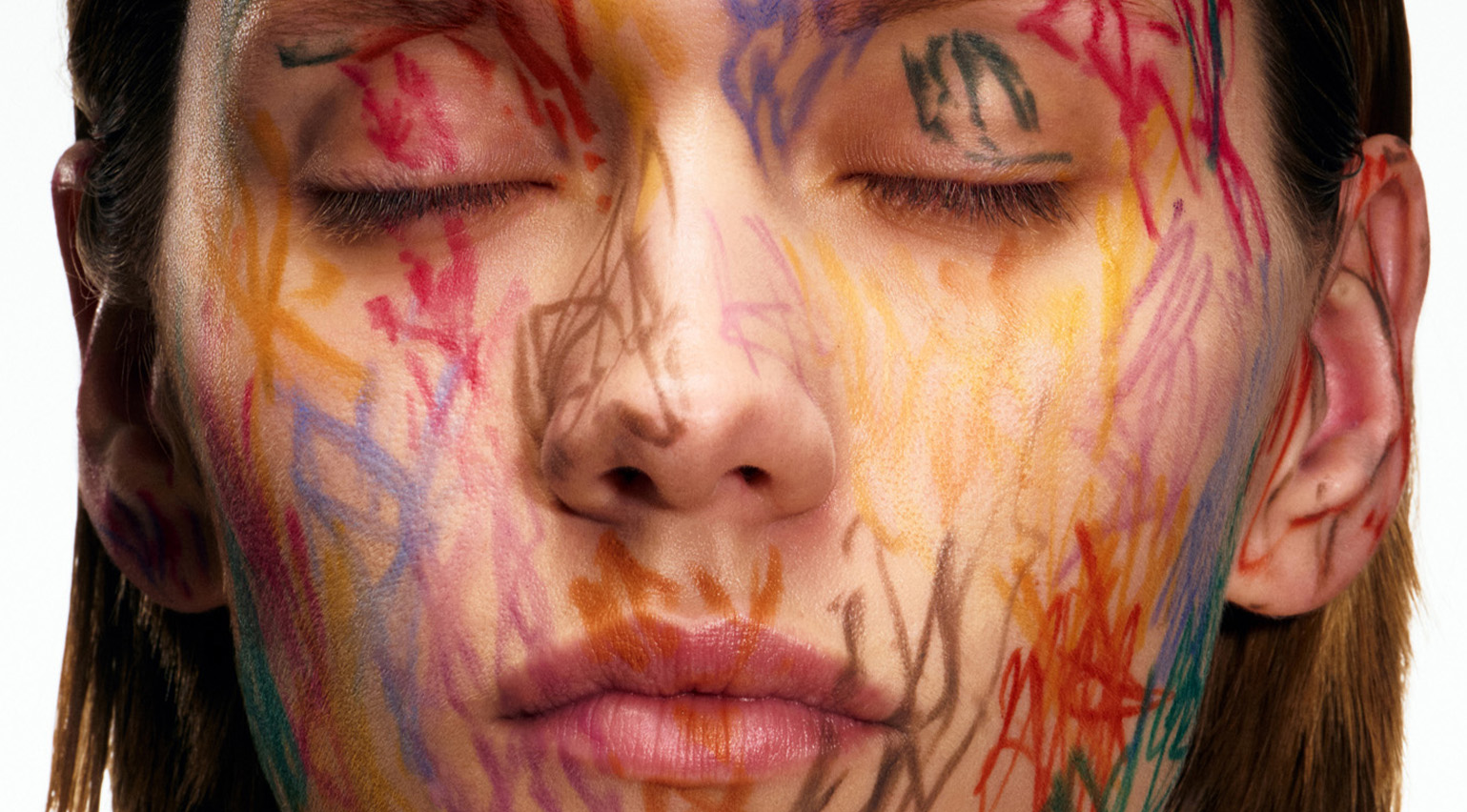 Wallpaper* Design Awards 2025: the make-up collections defining contemporary beauty
Wallpaper* Design Awards 2025: the make-up collections defining contemporary beautyThe beauty winners of the Wallpaper* Design Awards 2025, selected by beauty editor Hannah Tindle, include playful and eclectic make-up collections by Hermès, Celine, Dior, Chanel and Prada
By Hannah Tindle
-
 Beauty products of the month: Celine lipstick, jellyfish mucin serum and Frédéric Malle perfume
Beauty products of the month: Celine lipstick, jellyfish mucin serum and Frédéric Malle perfumeWallpaper’s beauty products of the month include Celine’s expanded lipstick range, Chanel’s S/S 2025 make-up collection, Mantle’s jellyfish mucin serum and a limited edition bottle of Frédéric Malle’s Portrait of a Lady
By Hannah Tindle